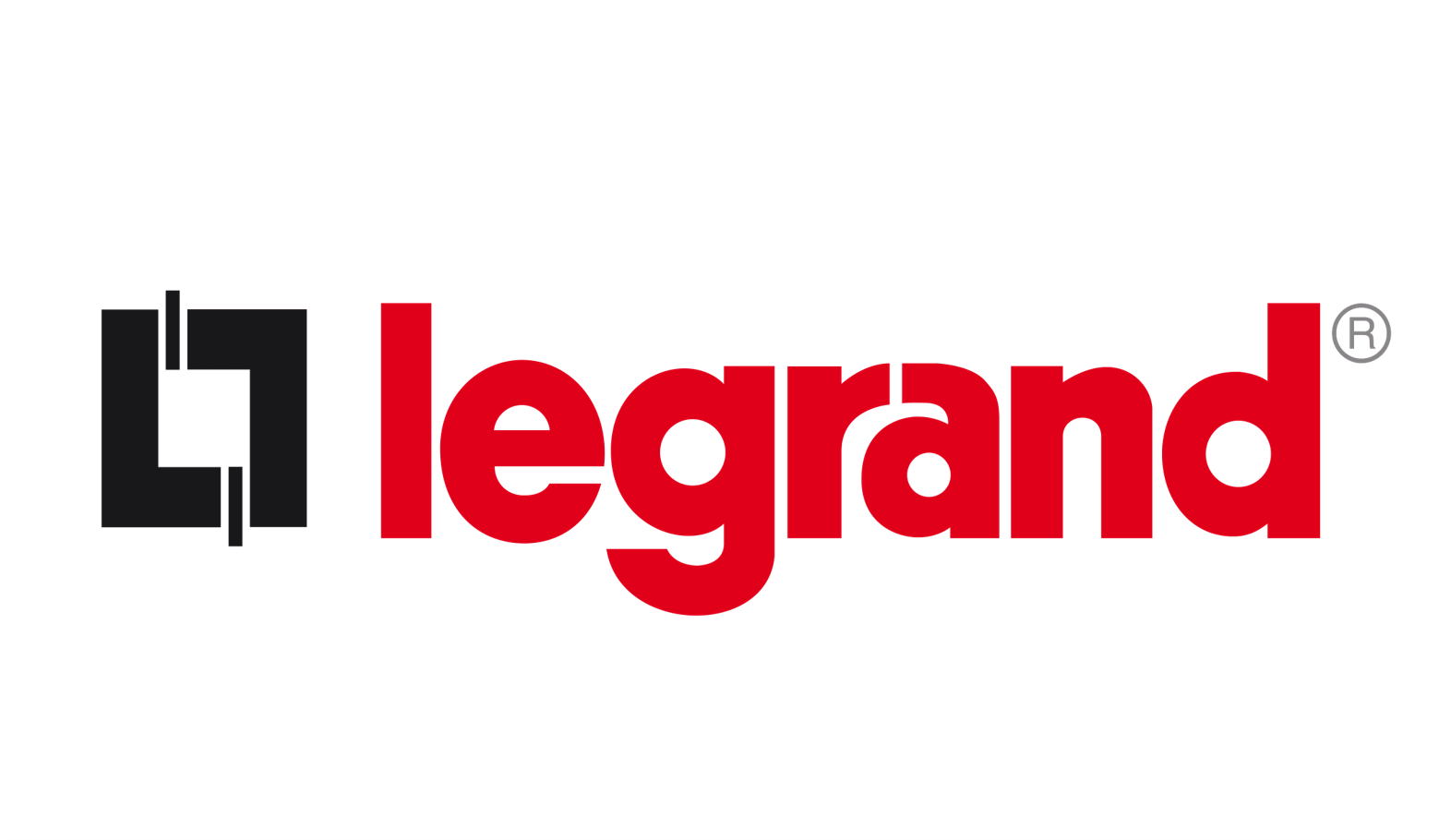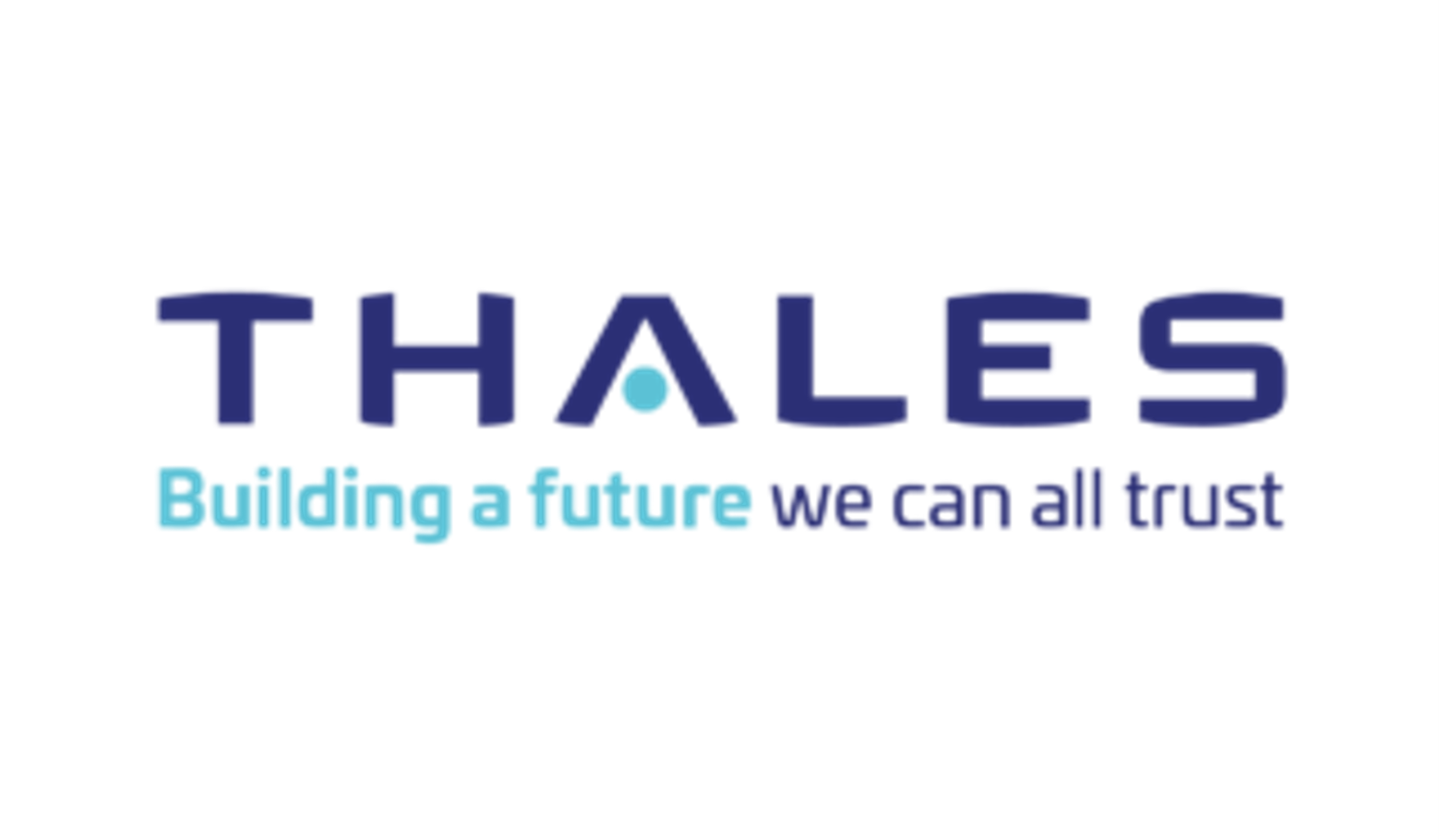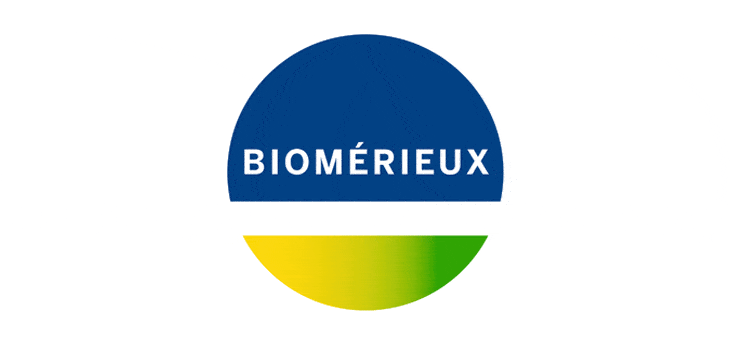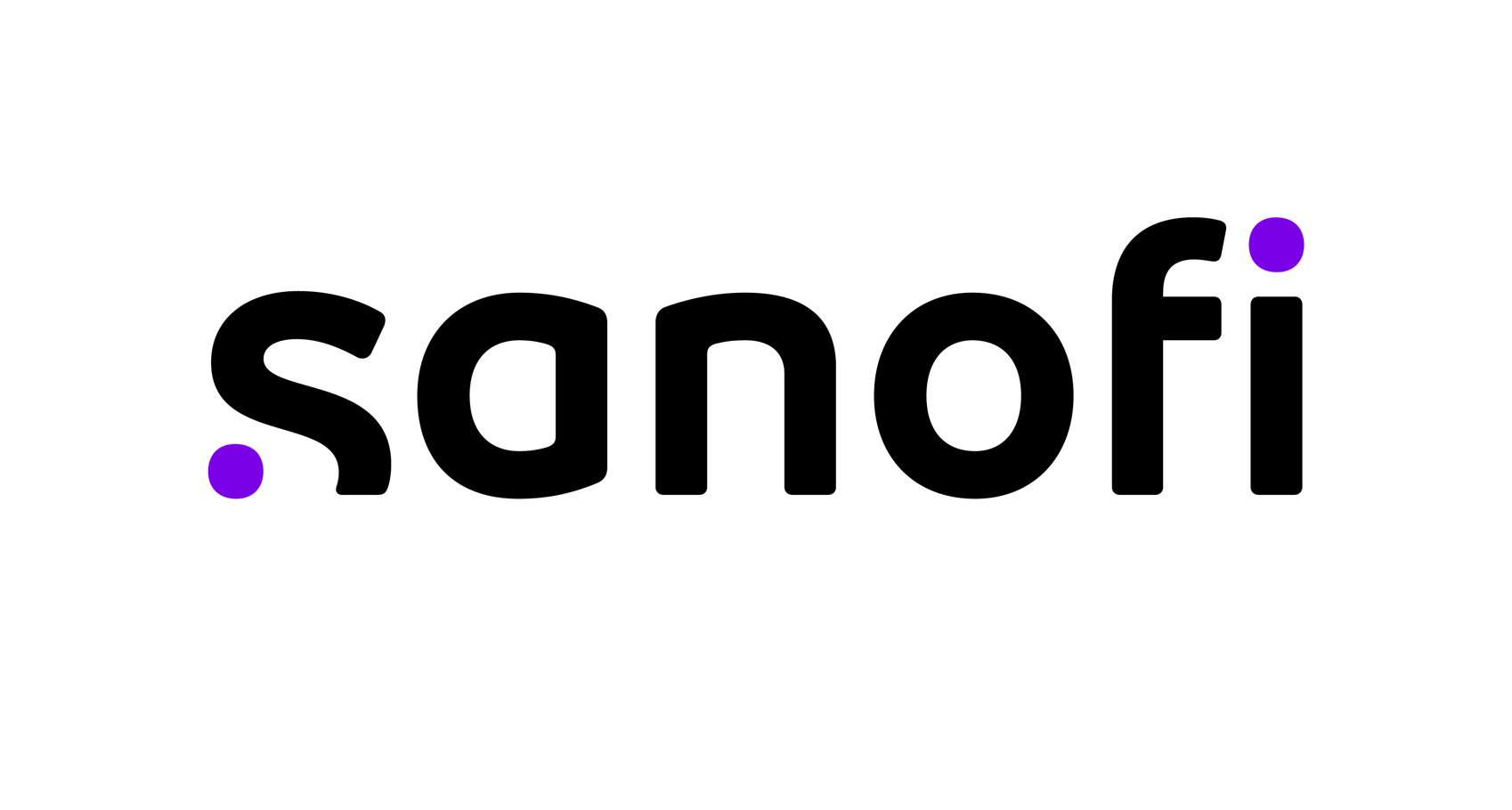Supply Chain Diagnostics & Transformation Roadmaps
In today’s rapidly evolving business landscape, an efficient and resilient supply chain is essential for sustaining competitive advantage. At Citwell, we understand the complexities and challenges that organizations face in optimizing their supply chain operations. That’s why we offer comprehensive Supply Chain Diagnostics and Transformation Roadmaps designed to help you achieve operational excellence.
With Citwell by your side, you can confidently navigate the complexities of supply chain transformation, driving performance improvements, reducing costs, and enhancing customer satisfaction.
Let us help you unlock the full potential of your supply chain.
Your stakes
Companies need to be reactive, and rapidly adapt their processes and organization to new market realities. In this context, a diagnosis of the Supply Chain function, flows, IT landscape and operations should enable a rapid assessment of the causes of under-performance, the opportunity for transformation, and the plan for implementing the appropriate optimization actions.
Assessing the maturity of our Supply Chain
- Is our supply chain aligned with industry best practices?
- How does it position us in relation to our competitors?
- Can our supply chain keep pace with market trends?
- How can we adapt it to make it effective in our new environment?
Identify performance improvement needs
- Identify key areas for improvement: customer satisfaction, operational efficiency, human and digital structuring
- Why can't our supply chain meet our expectations?
- Is our Supply Chain ready to face environmental challenges and the need for circularity?
- What "quick wins" would enable us to improve our performance in the short term?
- What transformation plan should be implemented to address the areas for improvement
Assess the relevance and our ability to implement our project of transformation
- What options do we have for improving our processes and/or our organization?
- What are the advantages and disadvantages of each option?
- What are the benefits to be expected from a transformation project
Our convictions
Diagnosis is a collaborative project
The outcome of a diagnosis is not a simple list of “standard” good practices defined autonomously by the consultants. These are achievable and adapted areas for improvement to the company, identified through interviews and workshops conducted with all stakeholders.
Diagnosis is based on assessments validated with management
The observations made during the immersion, the feelings of the teams, the beliefs of each individual, are compared with figures from indicators managed by the company, or operational and financial data. The results are shared and validated with the teams.
An ability to bring ideas to life
The practice of facilitating multicultural and multi-displacement workshops is at the heart of successful diagnostic practices. They are the place to align the understanding of problems, the creativity of solutions and the modalities of transformation.
The results of the diagnosis should give rise to a roadmap
The areas for improvement are set out in a roadmap, where each point is qualified according to its criticality and complexity. This should enable short- and medium-term action plans to be created, and the diagnosis to be rapidly translated into a transformation project.
Diagnostic results are shared throughout the project
Summary notes presenting the first observations, then the first recommendations, are shared with the teams throughout the project. This not only improves the relevance of the recommendations, but also stimulates team buy-in.
Our solutions
and approach
Our approach begins with a deep diagnostic analysis of your current supply chain processes, identifying inefficiencies, bottlenecks, and opportunities for improvement. Leveraging our expertise and industry best practices, we then craft a tailored transformation roadmap that aligns with your strategic objectives. This roadmap serves as a clear, actionable plan to guide your organization through the necessary changes, ensuring a smooth transition and sustainable results.
Diagnosis of the supply chain function
- Analyze the existing situation in 3 dimensions: processes, flows, organization
- Analyze indicators to validate the relevance of the diagnosis
- Define areas for improvement in line with corporate strategy
- Draw up a roadmap for implementing the recommendations
Information systems diagnosis
- Analyze the relevance of current IT tools to the business
- Review the maturity of processes and the organization in relation to objectives and the
strategy - Assess the relevance of implementing a new solution: ROI, business and IS impacts, possible paths, tools to consider
Define a target organization and functional architecture
- Share benchmarks, highlight internal best practices and build target maturity
- Build target organization and process scenarios
- Assess change priorities, risks and impacts
- Define appropriate Supply Chain segments and flow management principles: resize stock; redefine priority site developments
Transformation plan
- Draw up a roadmap that is realistic in terms of internal capacities, external pressure and change priorities
- Designate and organize the teams in charge of transformation
- Define pilot phases and their generalization
Change management
- Identify changes and their impact on business processes and organization
- Define a change management plan describing the actions to be taken
- Manage the different circles of change actors, deal with resistance and
promote driving forces
Your gains

Optimization
- Identification of priority areas for improvement to enhance the performance of
the company - Assessment of potential gains in terms of service, use of resources, efficiency and
of stocks

Team ownership
- Involve teams in the diagnosis process, encouraging them to adopt the recommendations,
as well as their involvement in the implementation of the transformation

Security and durability
- Decisions based on comparative analyses listing advantages and disadvantages
of the various options considered - Definition of a transformation plan outlining objectives, business impacts, impacts
SI, and the trajectory to reach the target

A project? Contact us
Group Managing Director and USA CEO
Laurent Penard, a founding partner of Citwell and a graduate of École Centrale, has been in the consulting industry for over 30 years. He started as a consultant with major international firms and founded Citwell in 2004. Alongside his role as the firm’s CFO, Laurent leads diagnostic assessments and supply chain transformation projects for both SMEs and large corporations in the industrial, retail, and service sectors.
In 2024, he decided to focus on expanding Citwell internationally and took on the role of President of Citwell US at the Boston office. He then passed the chairmanship of the group to Guillaume Allemand.
Among our references






Business case

Supply chain diagnostics in pharmaceutical industry
About:
Ranked among the top 10 pharmaceutical companies in the world, this company is divided into five global business units, specializing in different activities.
Challenges:
One of the company’s pharmaceutical production sites specializing in drugs for rare diseases and oncology is experiencing robust and anticipated growth. However, it contends with significant challenges, including a high degree of variability in planning and scheduling, as well as substantial issues related to component availability. Meeting annual production targets is not consistently achieved. Additionally, the site aims to establish itself as a benchmark for future new product launches.
To tackle these challenges effectively, the campus sought assistance in diagnosing its supply chain complexities and identifying opportunities for supply chain optimization. The objective is to create an agile transformation roadmap that increase productivity, reduces lead times, and streamlines industrial operations, thereby enabling the site to achieve its production goals and position itself as a leader in innovative product launches in the years ahead.
Citwell’s Involvement:
- Supply chain diagnostics
- Interviews + 80 site players and leadership members.
• Facilitation of workshops to validate existing systems (As Is). - Assessment of the site’s supply chain maturity through the construction of an adapted self-assessment tool.
- Macro-definition of projects to be carried out.
- Target co-construction
- Target design workshops (To Be).
- Setting up a roadmap to reach the target.
- Support during the implementation phase
- Detailed target definition for each site and sub-site, in line with compagny’s global strategy.
• Support for management and operational teams in implementing actions and driving change (seminars, individual coaching, communication, training, etc.). - Gradual transition plan from Citwell teams to compagny’s team.
Results:
- Setting up a supplier evaluation and communication process.
- Cleansing of Master Datas in the information system and definition of target governance.
- Implementation of a fixed planning and scheduling horizon to streamline operations, minimize variability, and ensure better control over lead times and inventory levels.
- Definition of safety stocks and raw material replenishment methods
- Construction of a RCCP (Rough Cut Capacity Planning) tool and associated Sales and Operations (S&OP) process.
- Reorganization of autonomous production units and definition of processes to be covered and RACI.
• Deployment of supply chain KPIs to monitor and measure performance improvements, focusing on lead time reduction and inventory optimization. - Construction of a supply chain maturity self-assessment tool.
- Creation of a supply chain training program.